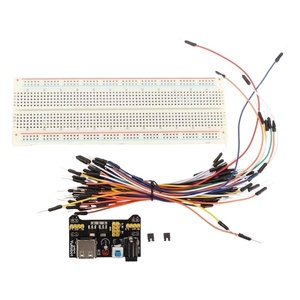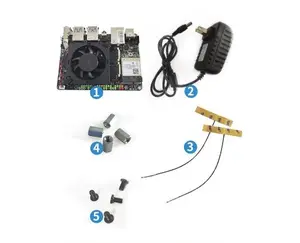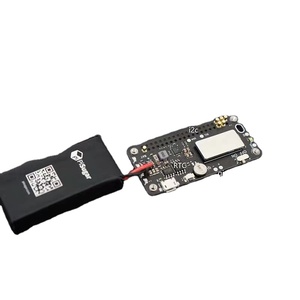Arduino Uno Board Power Supply



 Top sponsor listing
Top sponsor listing

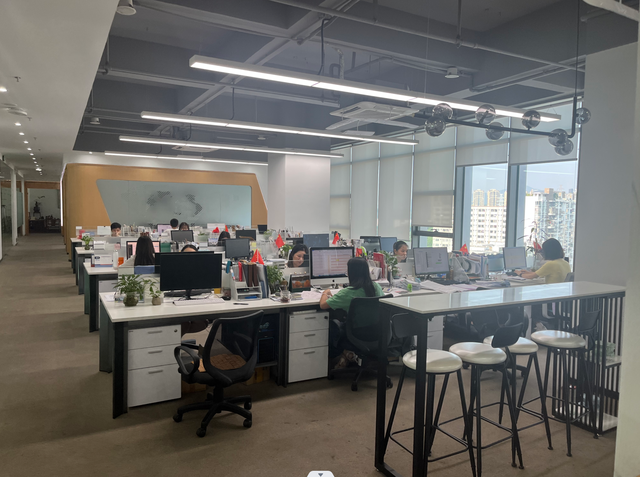


















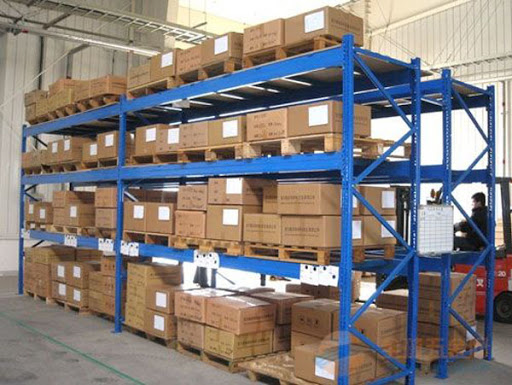

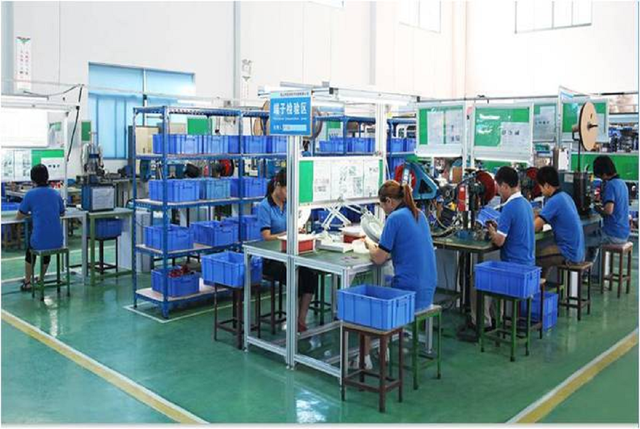

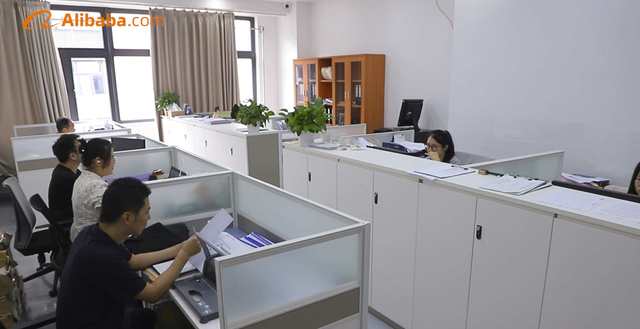



About arduino uno board power supply
Where to Find Arduino Uno Board Power Supply Suppliers?
China remains the central hub for electronics component manufacturing, with Shenzhen serving as a primary nexus for Arduino-compatible power solutions. The city's mature electronics ecosystem—anchored by Huaqiangbei and supported by thousands of specialized SMEs—enables rapid prototyping, scalable production, and tight integration between design, sourcing, and logistics. Suppliers in this region focus on compact AC-DC and DC-DC conversion modules tailored for 5V/1A operation, aligning with the voltage and current requirements of Arduino Uno boards.
These suppliers leverage localized access to passive components, PCB fabrication services, and surface-mount technology (SMT) lines, reducing unit costs and lead times. Most facilities operate within vertically integrated supply chains, allowing for batch production from prototype to mass run in under 15 days. Buyers benefit from low minimum order quantities (MOQs), often starting at 1–10 units, and flexible configurations including input voltage ranges (110V–220V AC), output stabilization, and compact form factors suitable for embedded applications.
How to Choose Arduino Uno Board Power Supply Suppliers?
Evaluate potential partners using the following technical and operational criteria:
Technical Specifications & Compliance
Confirm compatibility with standard Arduino Uno power requirements: regulated 5V DC output, support for 7–12V input range, and sufficient current delivery (≥1A). Prioritize suppliers providing RoHS and CE compliance documentation to ensure adherence to environmental and safety standards, particularly for EU and North American markets. Request test reports for ripple noise, load regulation, and thermal performance under continuous operation.
Production and Customization Capability
Assess supplier flexibility through available customization options:
- Voltage configuration (3.3V, 5V, or dual-output variants)
- PCB size and connector type (barrel jack, screw terminals, or pin headers)
- Branding options (custom silkscreen, labeling, or packaging)
- Integration with starter kits or development bundles
Suppliers offering full DIY electronic kits demonstrate higher assembly and quality control capabilities, indicating stronger end-to-end process management.
Supply Chain Reliability
Analyze key performance indicators such as on-time delivery rates (target ≥95%), response time (ideally ≤8 hours), and reorder frequency. High reorder rates suggest customer satisfaction and product consistency. Cross-reference online transaction volume as an indicator of market presence and order fulfillment capacity.
What Are the Best Arduino Uno Board Power Supply Suppliers?
| Company Name | Main Products | On-Time Delivery | Reorder Rate | Avg. Response | Online Revenue | Customization | Notable Offerings |
|---|---|---|---|---|---|---|---|
| Shenzhen Chipskey Technology Co., Ltd. | Sensor Modules, Kits, ICs, Electronic Modules | 98% | 25% | ≤11h | US $30,000+ | Yes (color, material, logo, packaging) | Integrated sensor and module solutions; suitable for bundled educational kits |
| Shenzhen VictoryStar Technology.,Limited | Other ICs, Development Boards, RFID Modules | 100% | <15% | ≤1h | US $20,000+ | Limited | High-frequency listing of improved UNO R4 variants; fast response times |
| Shenzhen Wonderful E-Commerce Co., Ltd. | Education & Maker Boards, Sensor Modules, Transistors | 91% | 37% | ≤13h | US $30,000+ | No data | PCBA services for MEGA2560; compatible shields and power modules |
| Shenzhen Haifasheng Electronics Co., Ltd. | Development Boards, Memory, Specialized ICs | 93% | <15% | ≤1h | US $60,000+ | Implied via kit bundling | AC-DC 110V–220V input modules; starter kits with breadboards |
| Shenzhen Tuozhanteng Electronic Components Co., Ltd. | Development Boards, Sensors, LCD/OLED Modules | 95% | 15% | ≤8h | US $110,000+ | Yes (via kit integration) | Low-cost DC-3.3V/5V step-down modules; full DIY kits with breadboards |
Performance Analysis
Shenzhen Tuozhanteng leads in revenue volume and offers highly competitive pricing (as low as $0.44/unit for DC-DC modules), making it ideal for high-volume procurement. Shenzhen VictoryStar and Haifasheng stand out for responsiveness (≤1h average), critical for time-sensitive sourcing cycles. While VictoryStar lists numerous UNO R4 variants, its sub-15% reorder rate may indicate lower customer retention. In contrast, Shenzhen Wonderful E-Commerce’s 37% reorder rate suggests strong product reliability and buyer satisfaction despite slower response times. Chipskey provides the most explicit customization pathways, advantageous for OEM integration or branded educational products.
FAQs
What is the typical MOQ for Arduino Uno power supplies?
Most suppliers offer MOQs as low as 1–5 pieces, especially for sample testing or small-scale projects. Bulk pricing typically activates at 10+ units, with incremental discounts scaling up to container-level orders.
What are common lead times for shipment?
Standard orders are processed within 3–7 business days. With express shipping, international delivery takes 5–10 days. For customized batches, allow 10–15 days for production and quality verification.
Are these power supplies compatible with original Arduino Uno specifications?
Yes, most listed modules deliver regulated 5V output from either USB or external 7–12V sources. Always verify datasheets for load regulation and transient response to ensure stable operation under varying I/O conditions.
Can suppliers provide certification documentation?
While not all list formal ISO or CE marks, many comply with RoHS and offer basic safety testing. Buyers should request compliance statements and conduct third-party lab validation for regulated markets.
How can I verify product quality before bulk ordering?
Request physical or digital samples to assess build quality, voltage stability, and connector durability. Conduct burn-in tests over 48 hours to identify early failure modes. Use platform-based transaction protection where available to mitigate risk during initial engagements.






























































